According to the same announcement, the ministry plans to export $41 billion of non-oil products by the current year end.
The ministry plans encourage and support exports of steel, copper and aluminum in the current year and expects exports of minerals to constitute for one forth of the total non-oil exports of the country in the said time, it added.
The Iranian body is also aimed at increasing extraction of minerals in the present year by 30 percent compared to the year before.
Last year, 410 million tons of minerals were extracted in Iran, it said.
Industry ministry also plans to add 1,000 inactive mine to domestic mining cycle which presently includes 1,400 active mines, the same announcement confirmed.
According to earlier reports, holding nearly 68 different types of minerals, Iran is ranked among the world’s top 10 mineral-rich countries, however, the country’s mining sector is still underdeveloped and small mines which can be considered the major drivers of the industry are lagging behind a few big companies which enjoy the government’s full support.
The plan for reviving inactive mines is one of the most significant plans of “Resistance Economy” in Iran and the administration is strongly determined to pursue the goal.
As the Head of Iran Minerals Production and Supply Company (IMPASCO) Vajihollah Jafari, announced few days ago, the company is to revive and develop 1,020 mines, and construct 25 mineral processing units in the current Iranian calendar year (to end on March 20, 2021).
Back in April, Head of Iran Chamber of Commerce, Industries, Mines and Agriculture (ICCIMA)'s Mining Committee announced that more than 146 inactive small mines were revived by the industry ministry in the past Iranian calendar year 1398 (March 2019-March 2020).
According to Bahram Shakouri, in addition to reviving and developing small-scale mines, 2,130 small mineral zones were also identified and 364 projects were defined for them.
HJ/4998707


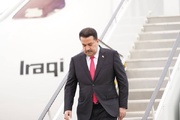
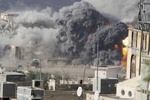
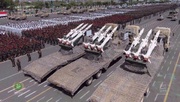

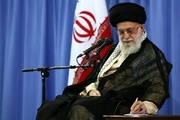



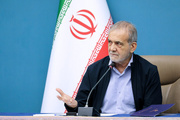







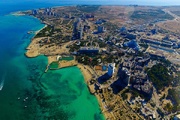


Your Comment